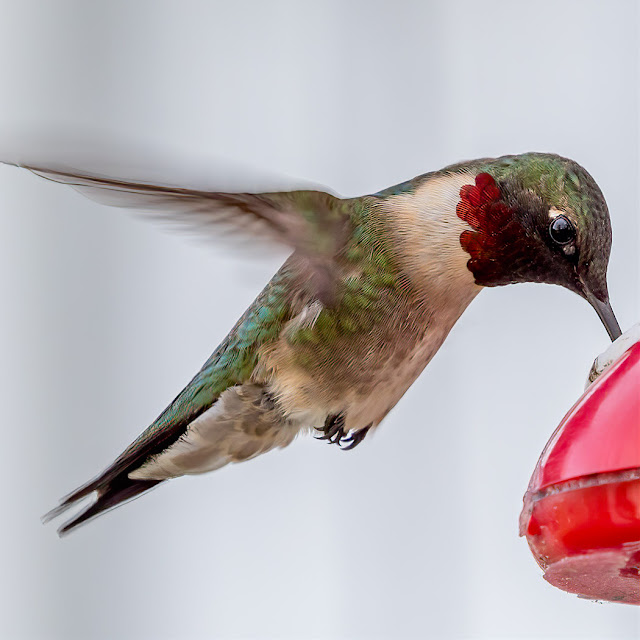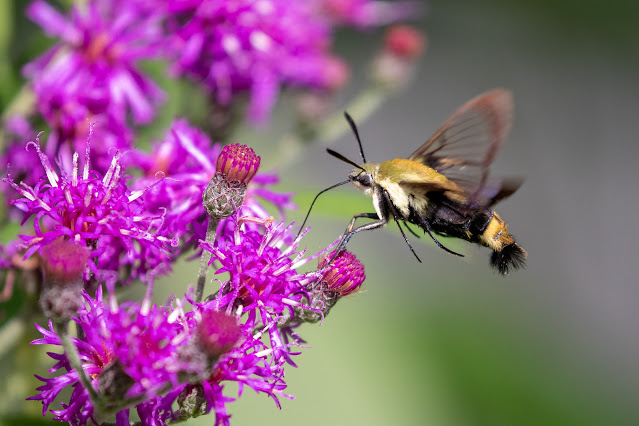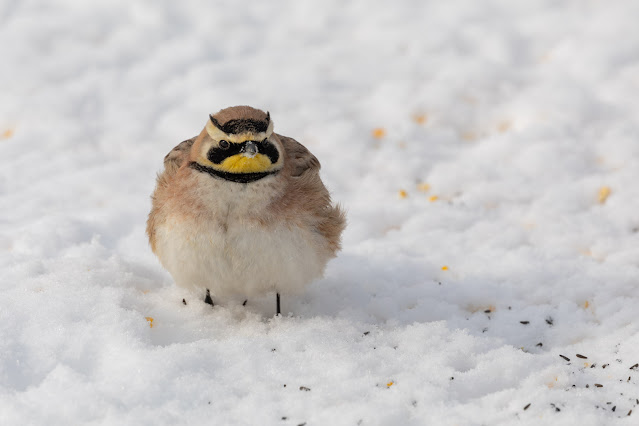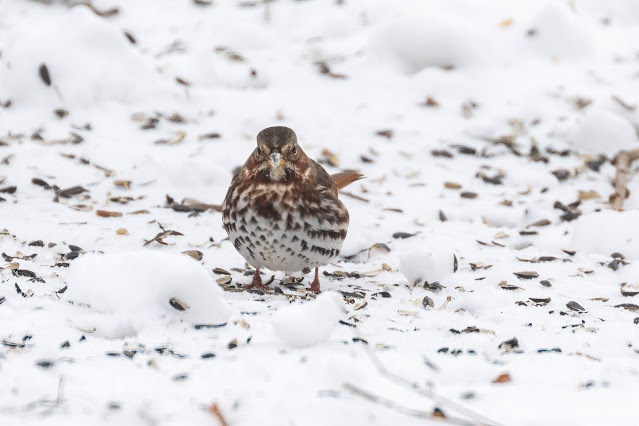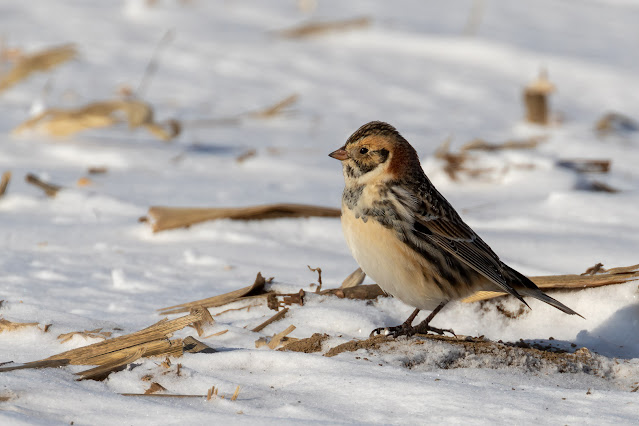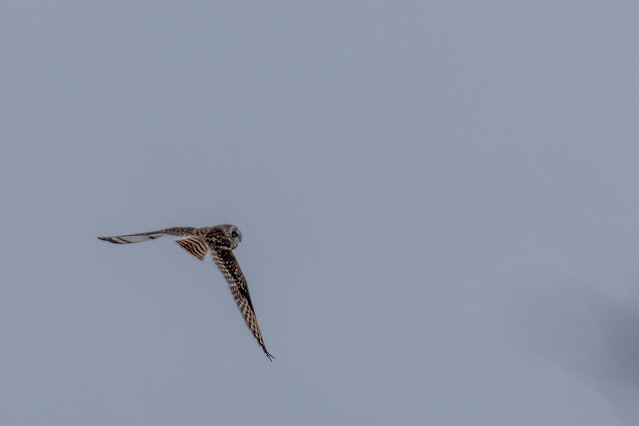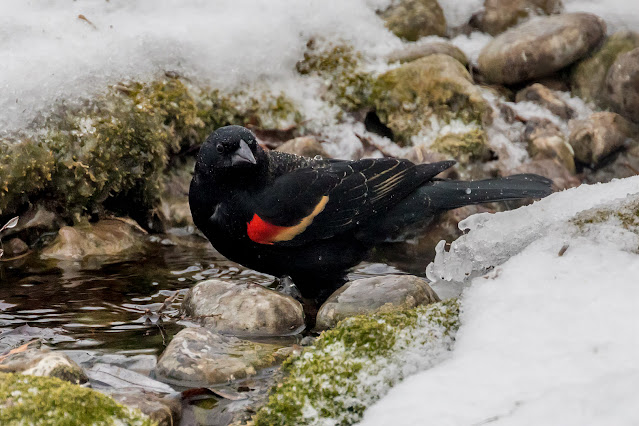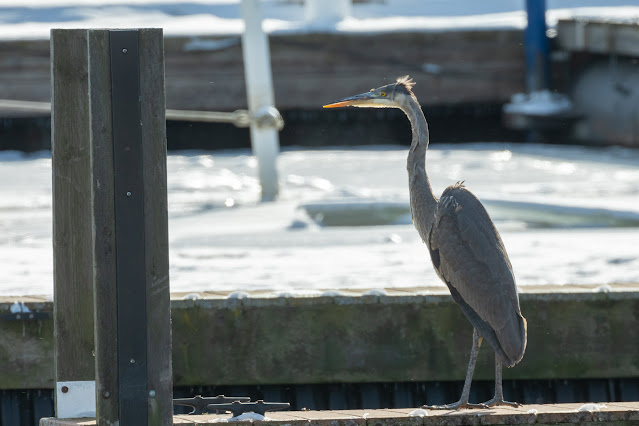Yellow warbler

Rondeau Provincial Park, Ontario, Canada, Sept 23, 2020. At our small water feature just prior to having a bath. Setophaga petechia In addition to the migratory form of the Yellow Warbler that breeds in North America, several other resident forms can be found in Mexico, Central America, and the Caribbean. Males in these populations can have chestnut caps or even chestnut covering the entire head. The oldest-known Yellow Warbler was a female, and was at least 11 years old. source - https://www.allaboutbirds.org/guide/Yellow_Warbler



